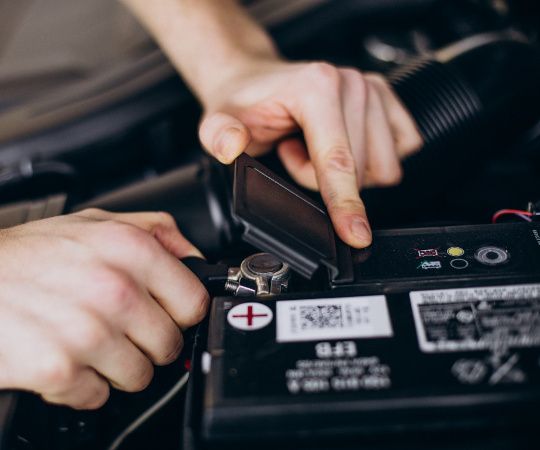UPS with Batteries vs. Compensators without Batteries: Which Power Protection Solution is Right for Your Business?

In today’s industrial and IT-driven environments, quality and continuity are critical. Even a brief power interruption lasting only a few milliseconds can trigger system crashes, production stoppages, data loss, or equipment malfunctions.
For businesses that rely on sensitive machinery, PLCs, servers, or automated production systems, choosing the right power protection technology is not optional—it’s essential. In this article, we compare two key technologies:
UPS with Batteries (Uninterruptible Power Supply)
Battery-based UPS systems are the most common solution to protect against total power outages. When the grid fails or voltage fluctuates, the UPS immediately supplies power from its internal battery, keeping equipment running.
Advantages:
- Full protection from blackouts.
- Voltage stabilization to shield sensitive equipment.
- Adjustable autonomy depending on battery capacity.
Disadvantages:
- Batteries degrade over time and require regular replacement.
- Higher energy consumption, especially for online UPS systems.
- Larger size and heavier weight due to battery banks.
Battery-Free Voltage Sag/Dip Compensators
Most disturbances in industrial settings are very short in duration (under one second). In such cases, battery-free compensators offer a highly efficient and reliable alternative.
These systems use supercapacitors, high-performance transformers, or mechanical flywheels to instantly correct voltage sags and micro-interruptions—without the need for batteries.
Advantages:
- Ultra-fast response (<1 ms) to eliminate sags and micro-interruptions.
- No battery maintenance or replacement required.
- Higher energy efficiency—no continuous conversion losses.
- Compact and lightweight design.
Disadvantages:
- Do not protect against prolonged blackouts.
📊 Comparison Table
|
Feature |
UPS with Batteries |
Compensator without Batteries |
|
Micro-interruption protection (<1s) |
Very Good |
Excellent (Instant Response) |
|
Blackout protection (extended) |
Yes (Battery-Dependent) |
No |
|
Response time |
Milliseconds |
<1ms |
|
Size and weight |
High (Due to Batteries) |
Compact and Lightweight |
|
Maintenance |
Battery Replacement Needed |
Minimal, No Batteries |
|
Energy efficiency |
Lower (Especially Online) |
High, No Conversion Losses |
|
Long-term cost |
Medium to High |
More Cost-Effective |
How to Choose the Right Solution
- The decision between a battery-based UPS and a battery-free compensator depends on your facility’s specific requirements:
- If your operations must continue during long power outages, a UPS with batteries is the most complete solution, ensuring your equipment stays online even when the grid fails.
- If your main challenge is frequent voltage sags, dips or momentary power losses, and prolonged outages are rare, then a compensator without batteries offers faster protection, lower maintenance, and greater energy efficiency.
Choosing the right power protection system starts with a clear understanding of:
- The type and frequency of disturbances in your electrical network.
- The operational impact of power anomalies on your processes.
- Your budget, both in the short and long term.
By investing in the appropriate technology, you safeguard your equipment, personnel, and productivity from costly disruptions.

